Opening the 76th World Health Assembly in Geneva, Switzerland, the Director-General of the World Health Organization (WHO), Tedros Adhanom Ghebreyesus, said, “To be clear, COVID-19 is still with us, it still kills, it’s still changing, and it still demands our attention, but it no longer represents a public health emergency of international concern.”
Addressing the Assembly on Sunday (21 May), Ghebreyesus said that “over the past three years, COVID-19 has turned our world upside down”, with almost 7 million deaths reported, but a toll several times higher – at least 20 million.

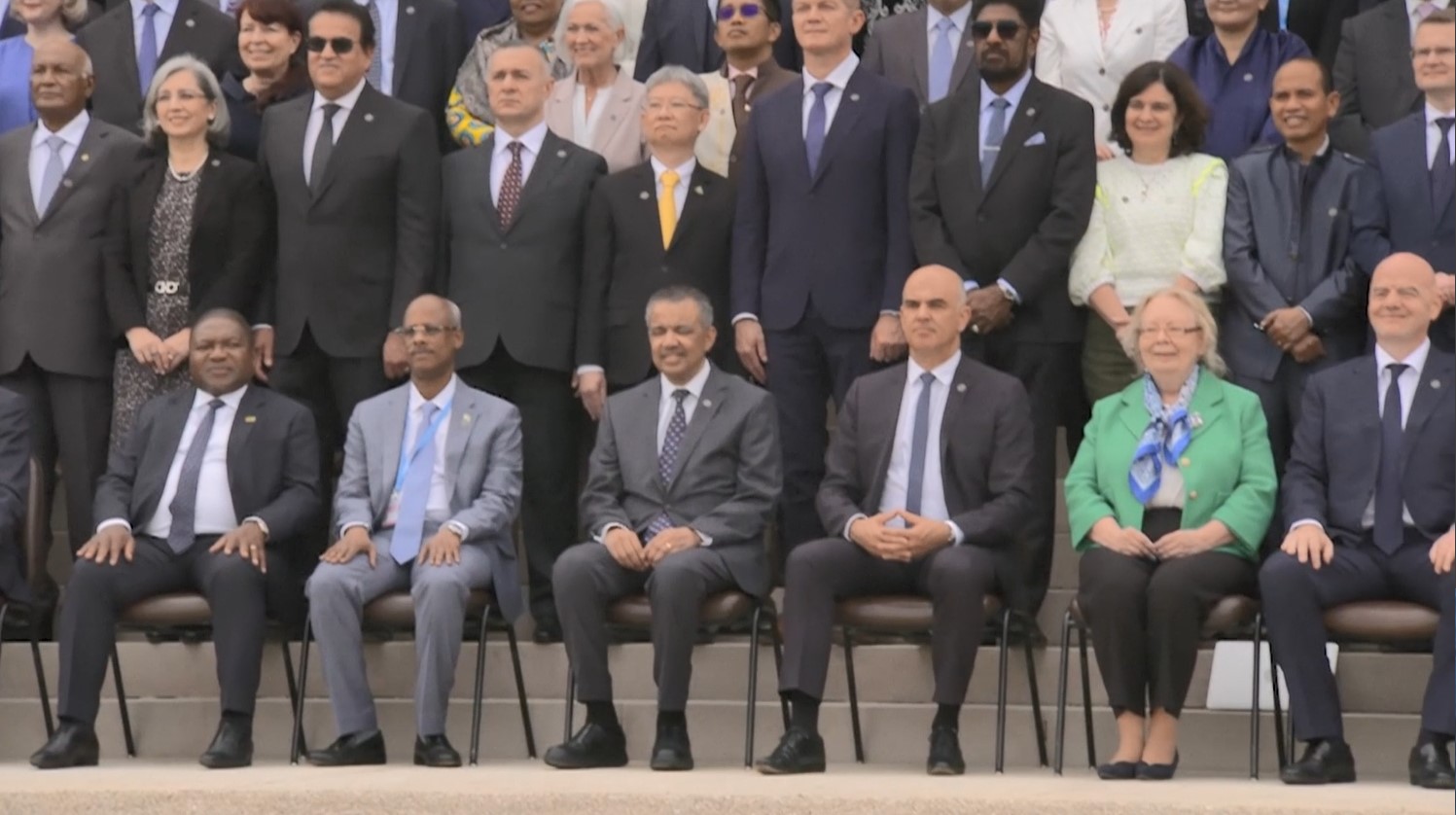
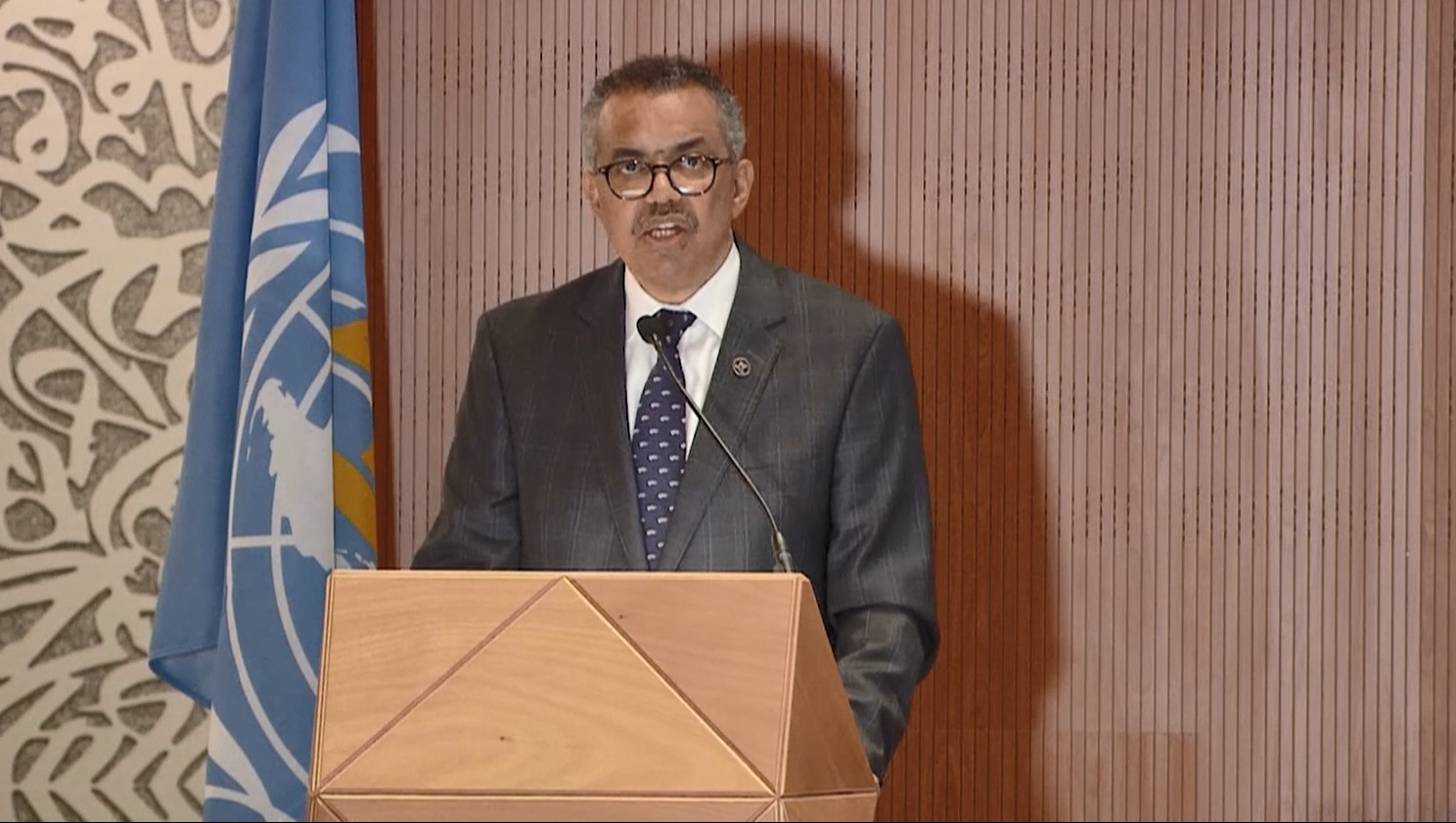
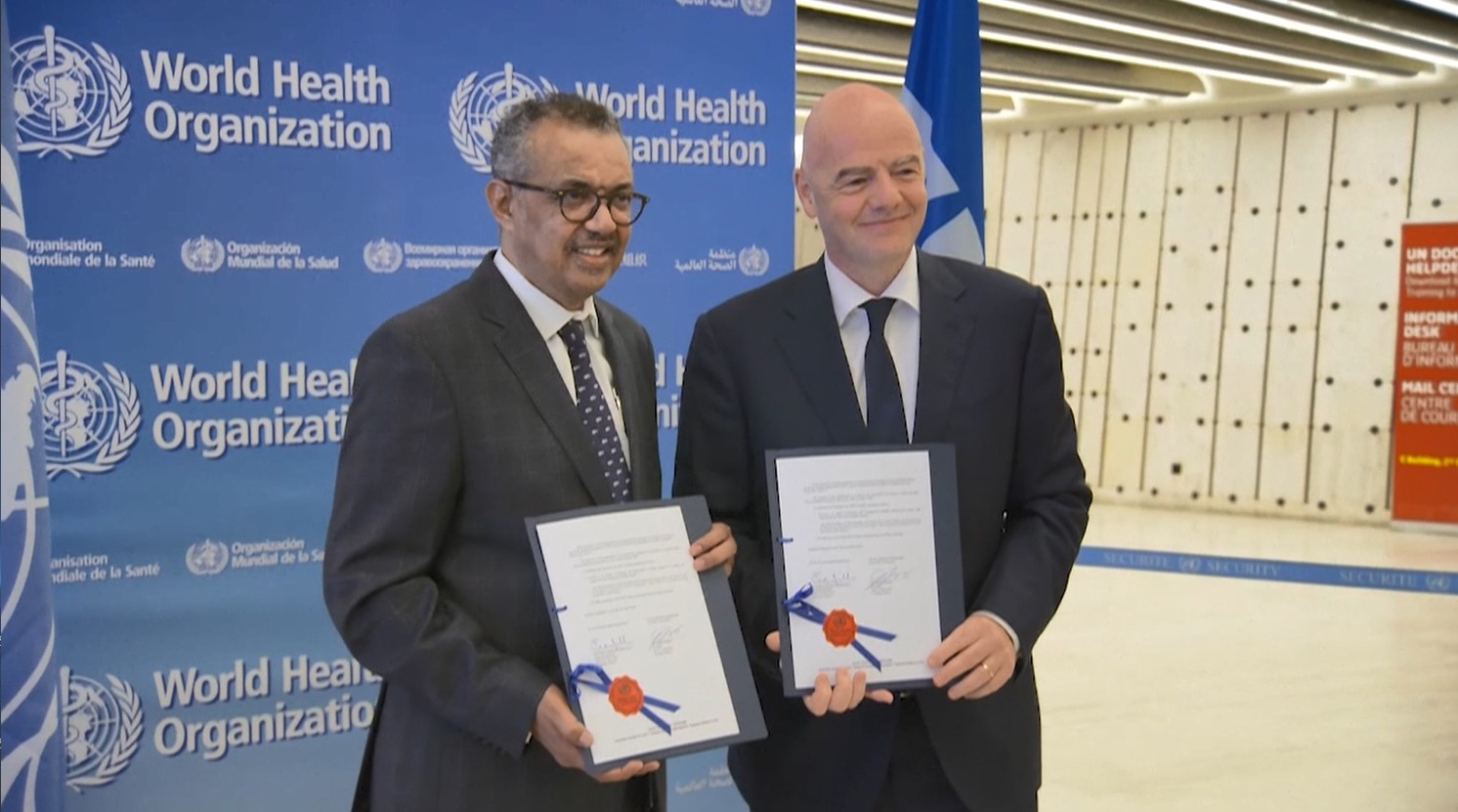
“The end of COVID-19 as a global health emergency is not just the end of a bad dream from which we have woken. We cannot simply carry on as we did before,” said WHO’s chief.
Chief among those lessons, said Ghebreyesus, “is that we can only face shared threats with a shared response.”
He noted that, like the WHO Framework Convention on Tobacco Control, “the pandemic accord that Member States are now negotiating must be a historic agreement to make a paradigm shift in global health security, recognising that our fates are interwoven.”
“This is the moment for us to write a new chapter in global health history, together,” declared WHO’s Director-General.
Ghebreyesus also noted that, un the three quarters of a century since WHO was founded, the world has seen major improvements in health.
Life expectancy globally has increased from 46 to 73 years, with the biggest gains in the poorest countries. Forty-two countries have eliminated malaria, we’ve pushed back the epidemics of HIV and TB, driven polio and Guinea worm to the brink of eradication.
The Director-General also said that “in the past 20 years alone, maternal mortality has fallen by a third and child mortality has halved” and “in just the past five years, new vaccines for Ebola and malaria have been approved and are now saving lives.”
Ghebreyesus added, “Of course, WHO can’t claim sole credit for these successes—the very nature of what we do involves working with partners to support innovation and countries as they implement policies and programmes that drive change. But it’s difficult to imagine the world would have seen the same improvements had WHO not existed.”
The challenges of today, continued WHO’s chief, are very different from those faced in 1948.
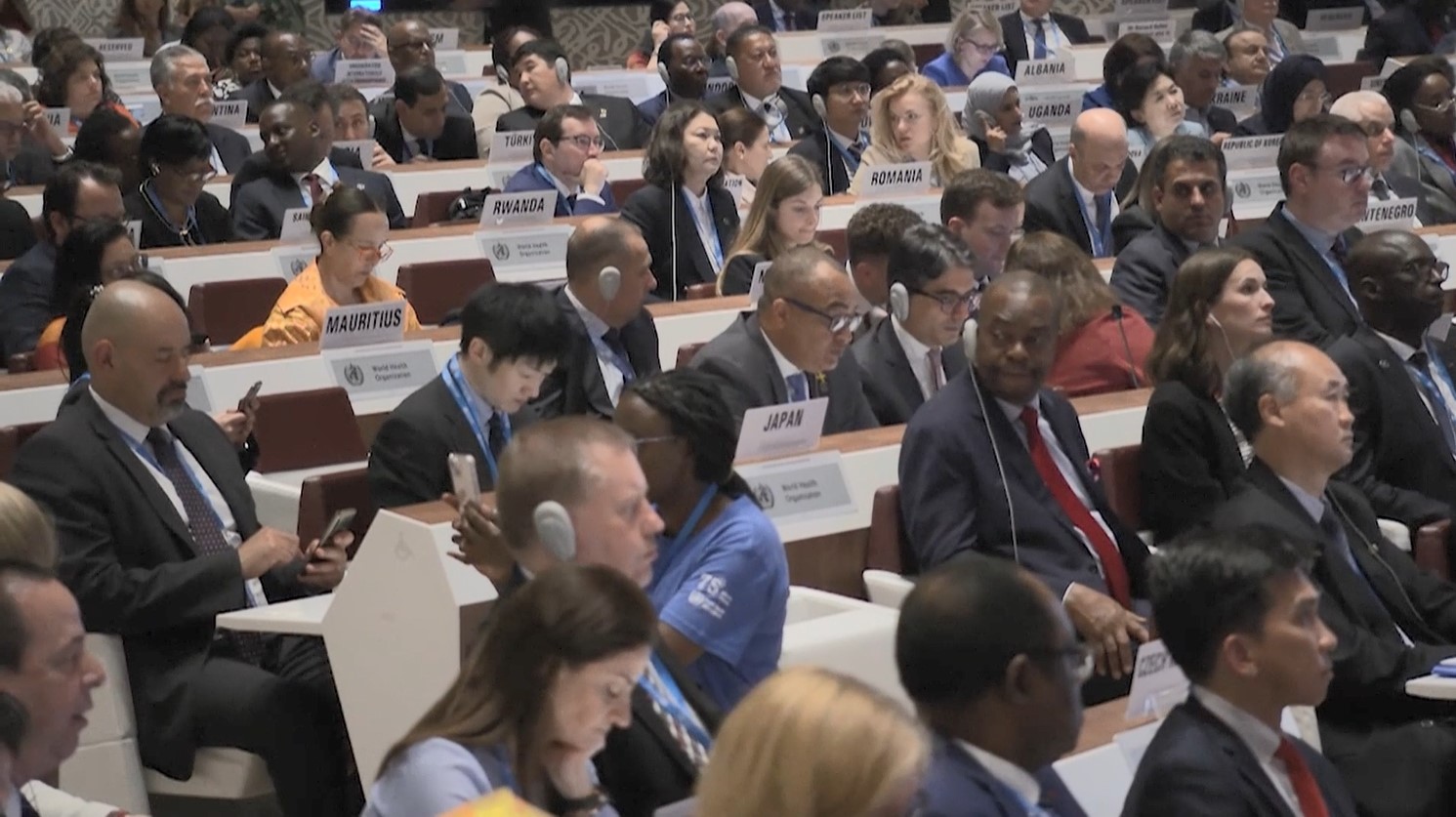
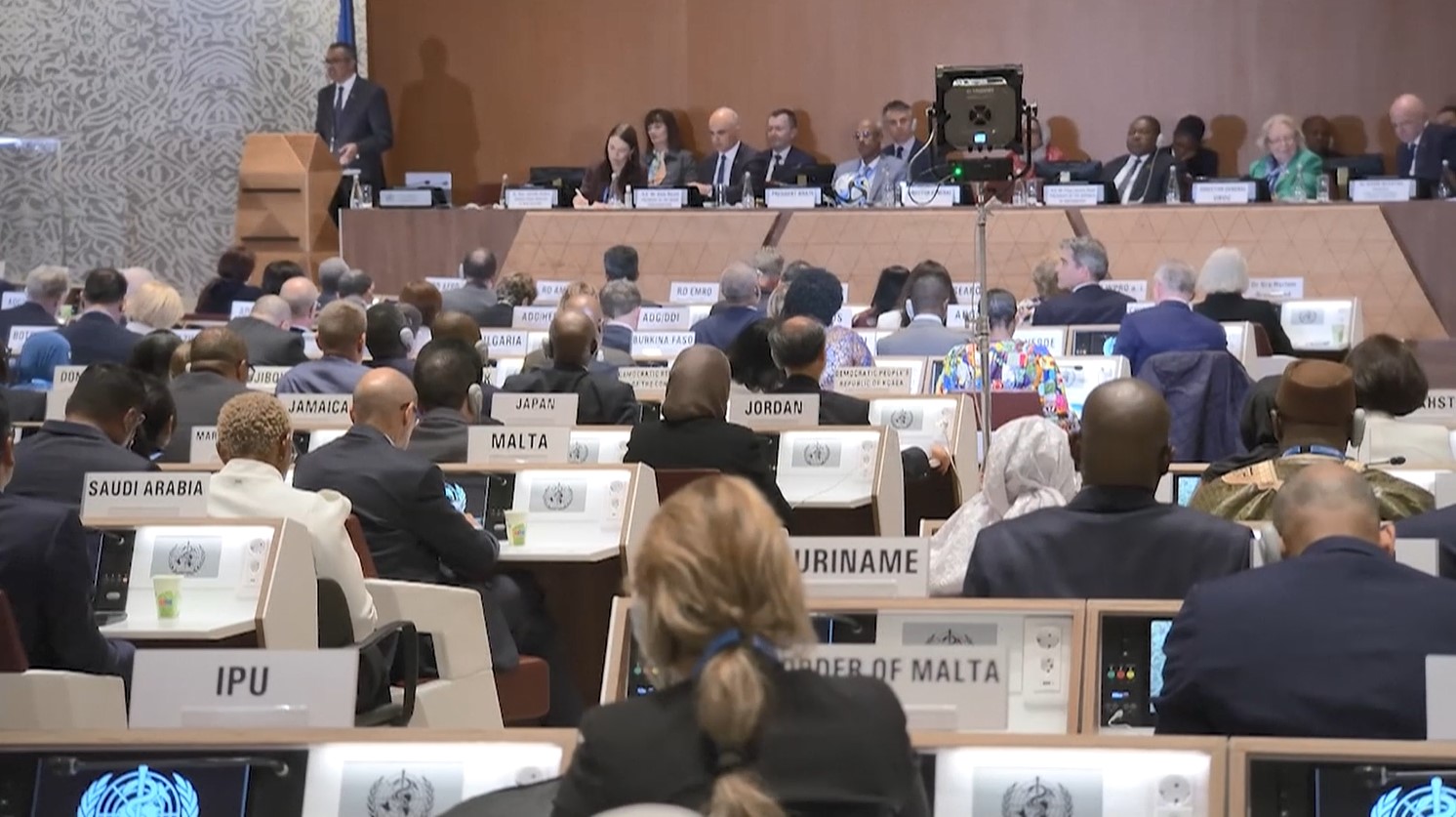
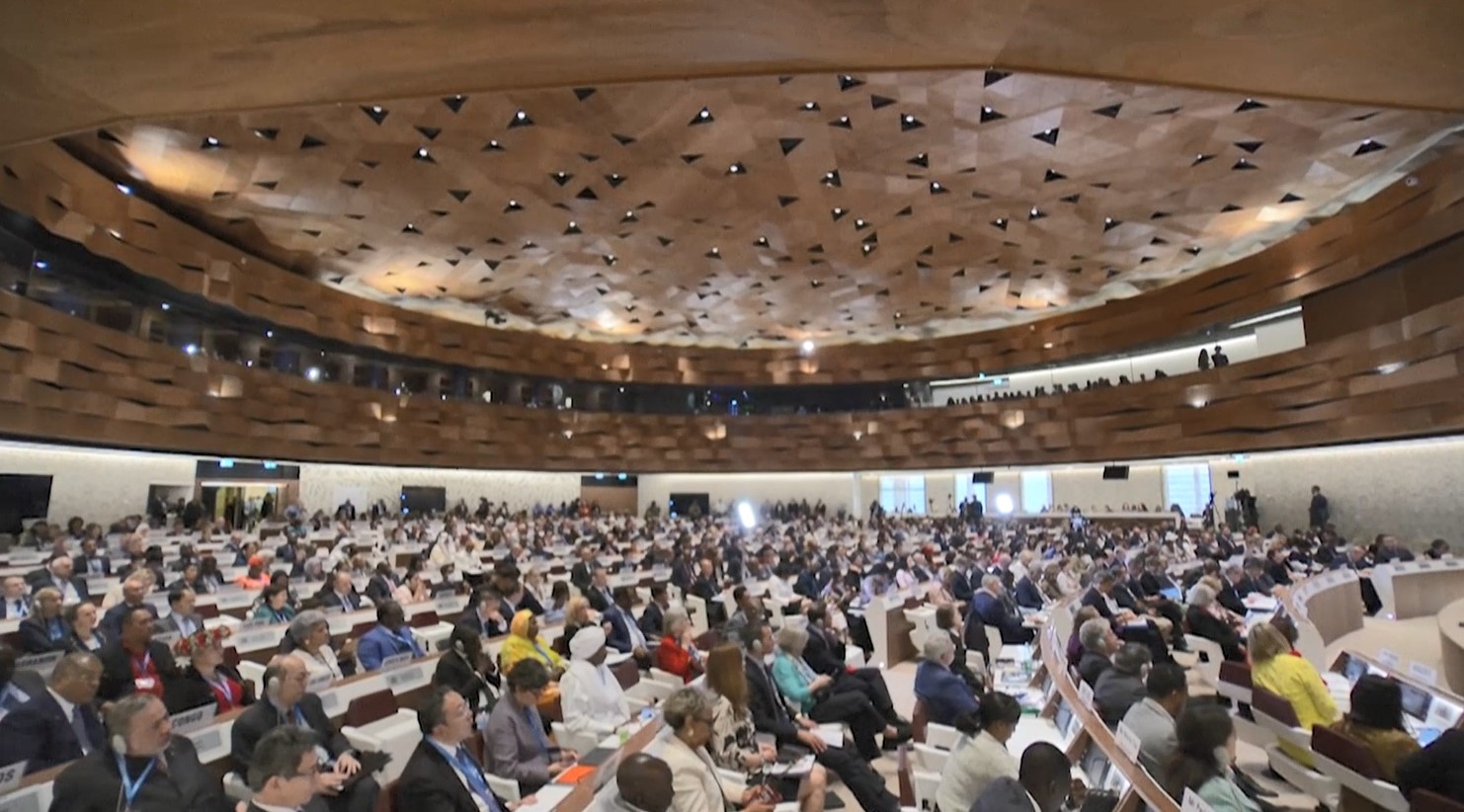
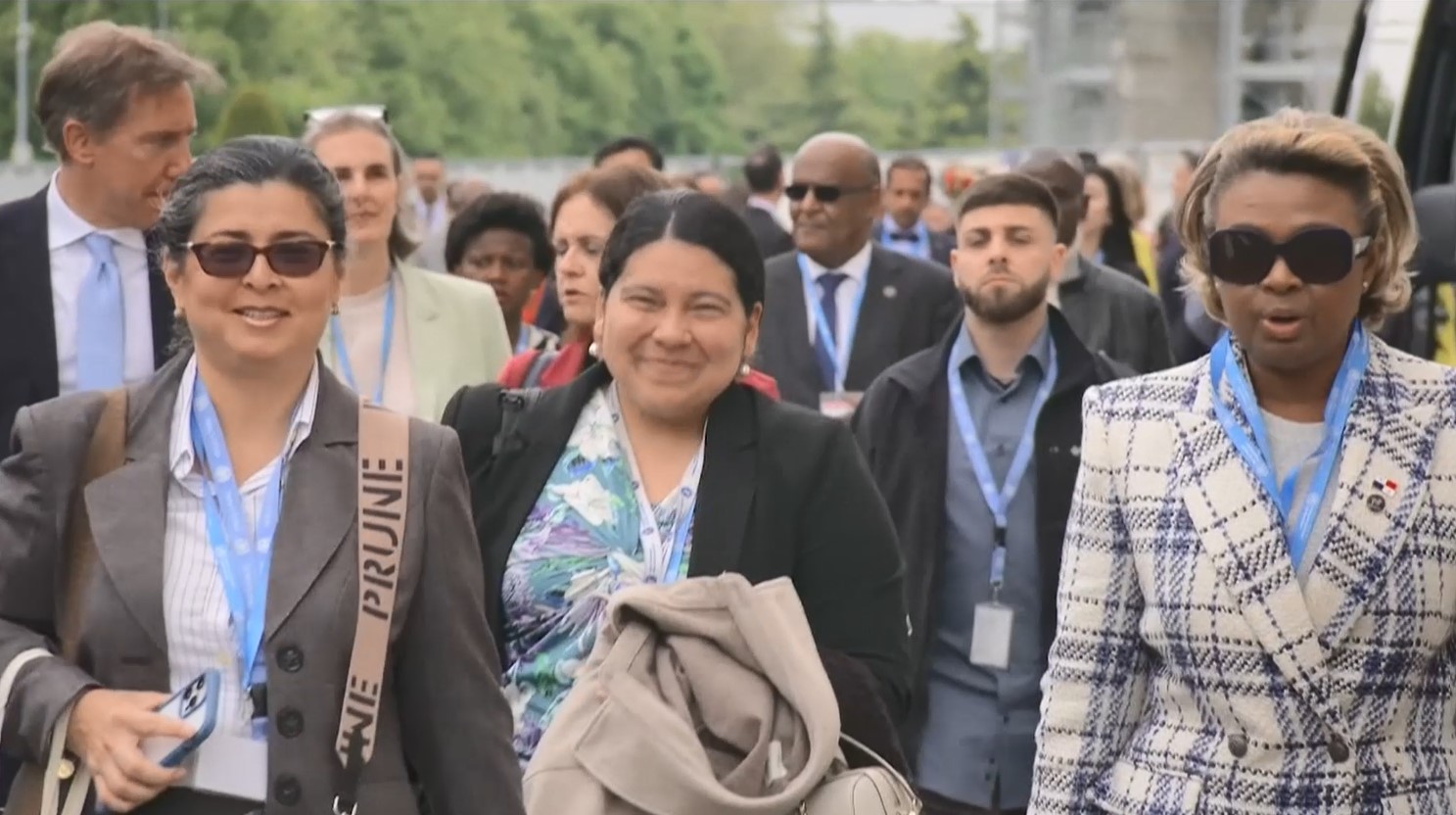
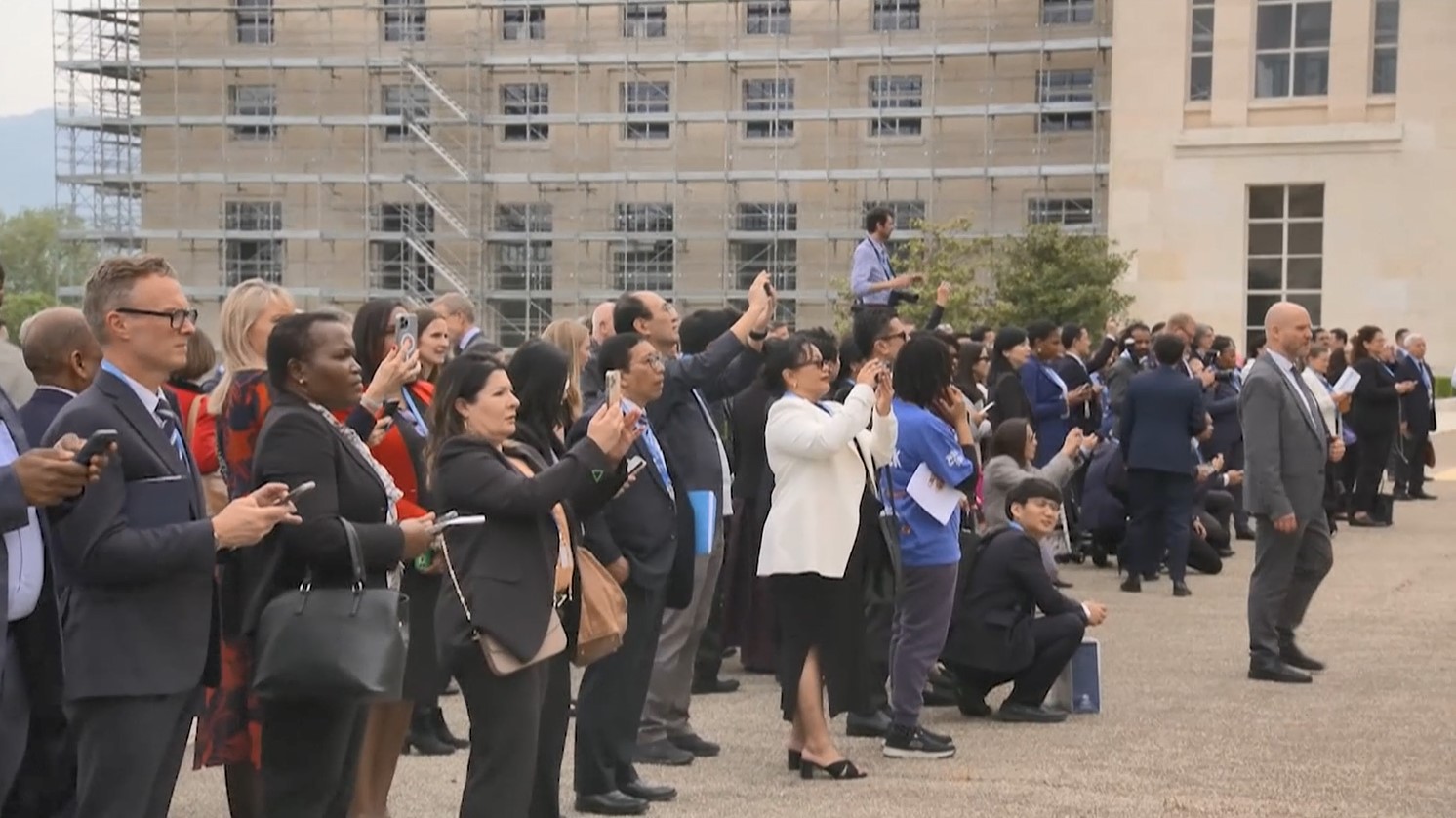
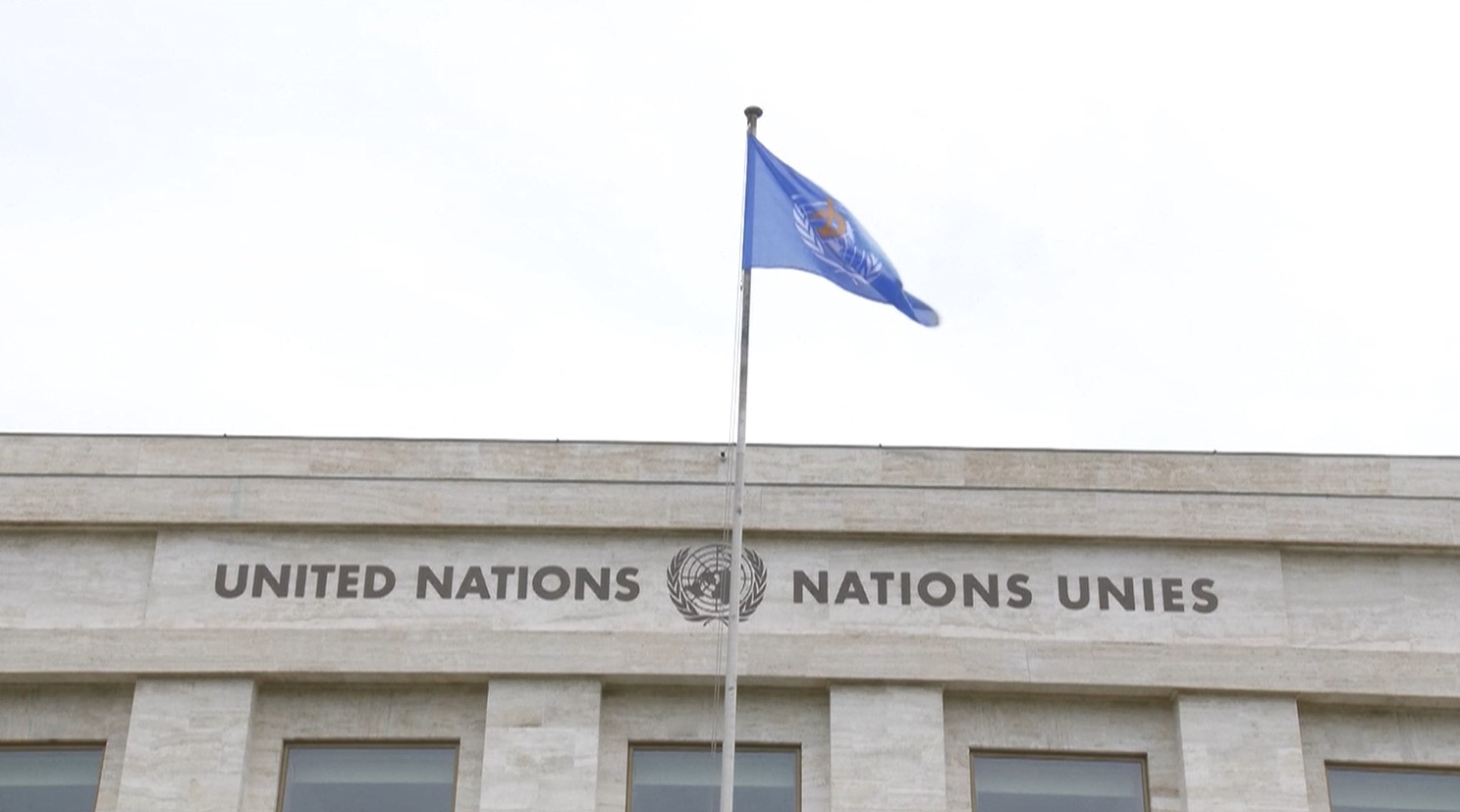
“Noncommunicable diseases now account for 70 percent of all deaths globally; Tobacco still kills 8.7 million people every year; Obesity rates have skyrocketed; The COVID-19 pandemic highlighted the huge burden of mental health disorders and the weakness of health services; Antimicrobial resistance threatens to unwind a century of medical progress; Vast disparities persist in access to health services, between and within countries and communities; And the existential threat of climate change is jeopardizing the very habitability of our planet,” listed Ghebreyesus.
According to him, “over the past 20 years the world’s expectations of WHO have grown enormously, but our resources have not” and “there is the challenge of being a technical, scientific organization in a political—and increasingly politicized—environment.”
The Director-General concluded, “These are daunting and complex challenges. We will not solve them at the World Health Assembly, and we may not solve them in our lifetimes. But bit by bit, we are building a road that our children and grandchildren will walk down, and which they will continue to build.”



